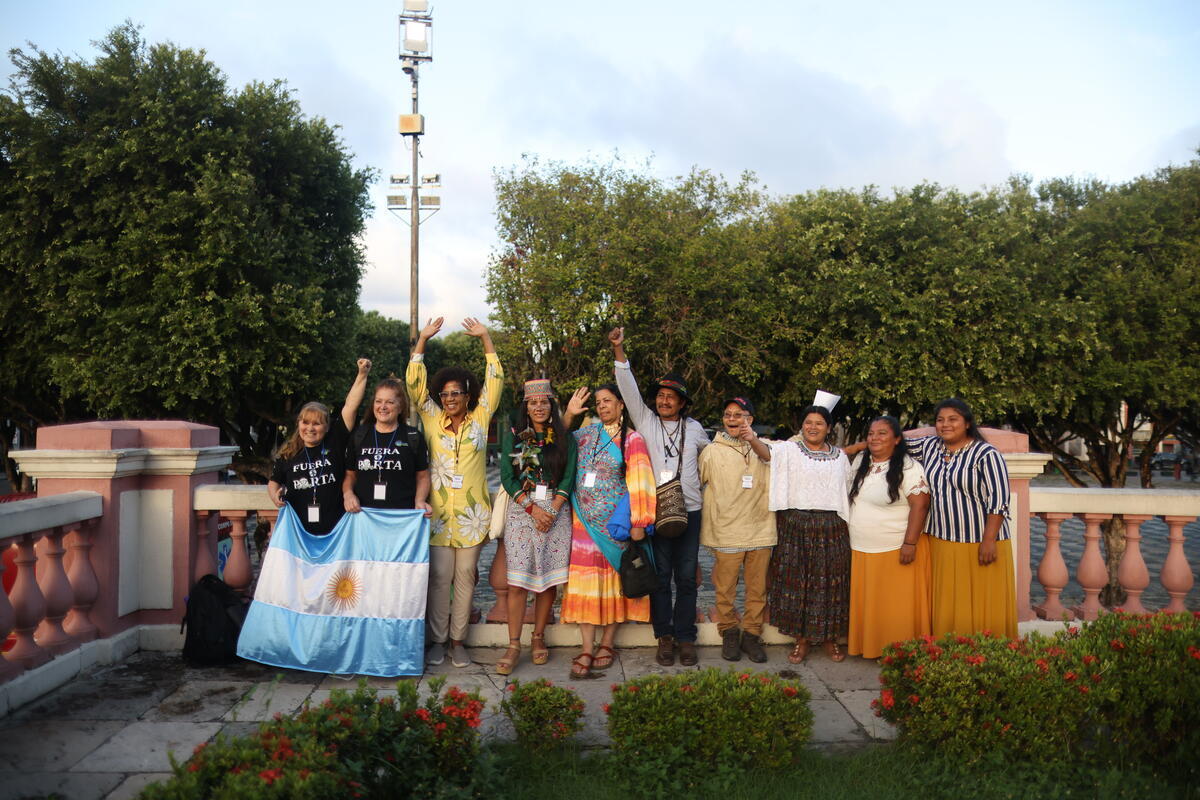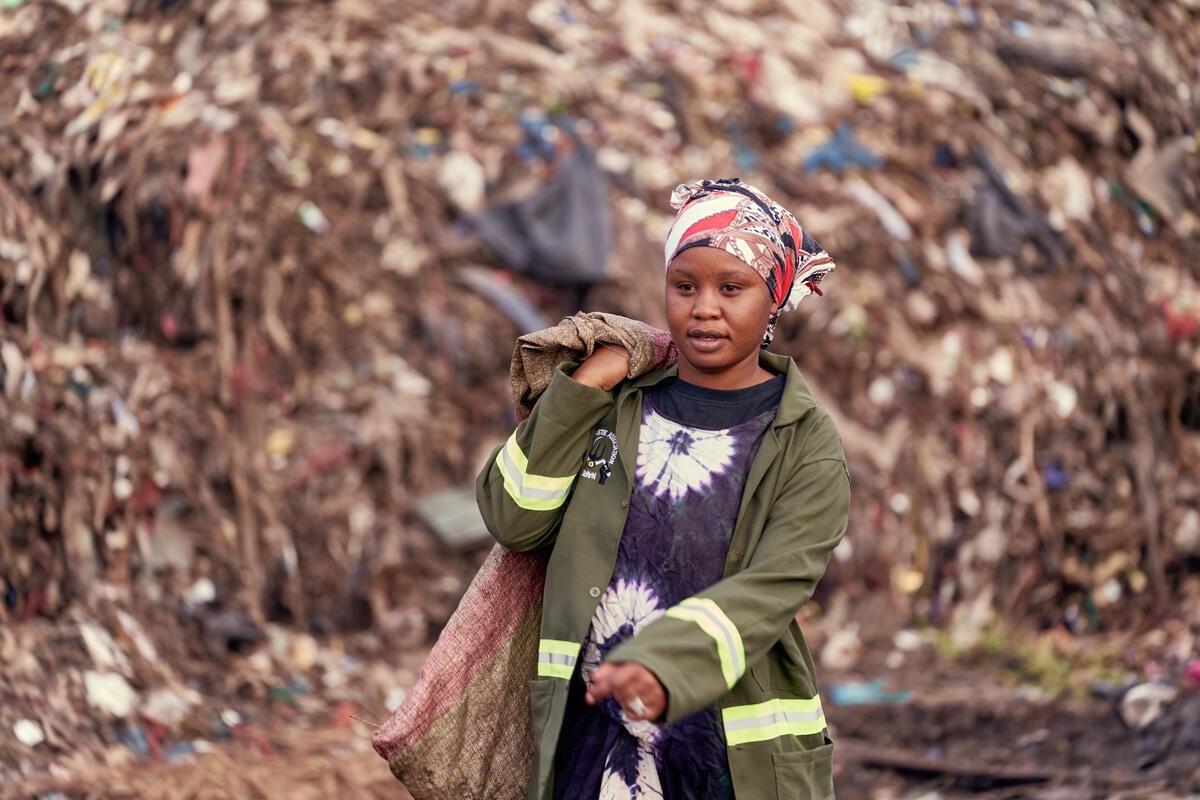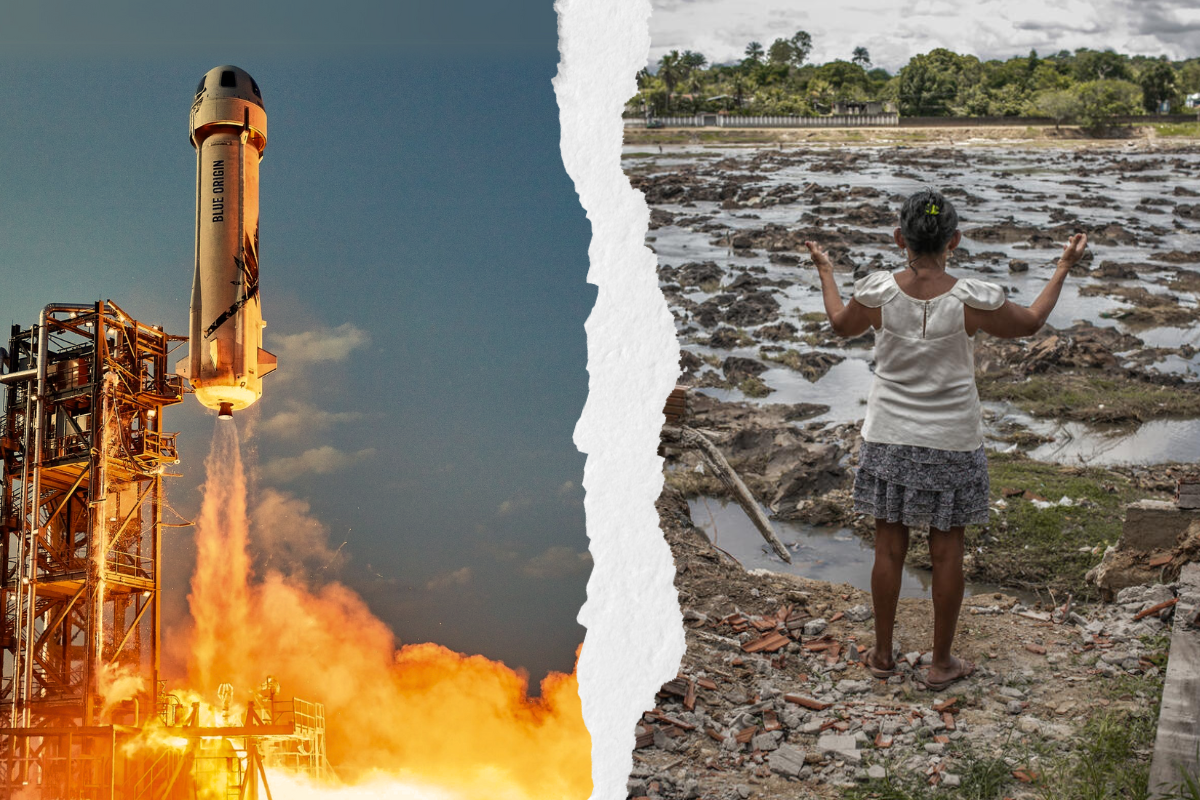Kuala Lumpur, Malaysia – In their latest report, The Recycling Myth 2.0, Greenpeace Malaysia found hazardous substances and chemicals that are potentially harmful to human health and the environment through a series of investigations involving water and soil sampling at four sites in Selangor and Kedah, Malaysia [1]. Greenpeace Malaysia released new findings today on the long-term effects of a broken recycling system, more commonly known as the global plastic waste trade. The report comes two years after sounding the alarm on illegal dumpsites and burning facilities that suddenly cropped up in several parts of Malaysia.
“The illegal dumping of plastic waste from over 19 countries worldwide has left an indelible mark on Malaysia and other countries in Southeast Asia. Aside from the ongoing Covid-19 pandemic, communities in Selangor and Kedah have another invisible enemy to face – chemical contaminants that remain in our environment with the possibility of entering our food chain,” said Heng Kiah Chun, Greenpeace Malaysia Campaigner.
Samples of material covering large areas of the ground at sites where plastic wastes have been burned were found to be composed of shredded plastic, instead of soil. Testing showed that these contained brominated flame retardants. In addition, they contained high concentrations of heavy metals such as cadmium and lead, which can accumulate in the bodies of exposed communities and organisms over time. With long-term exposure, lead can cause damage to the brain and the nervous system, whereas cadmium can cause damage to the kidneys, lungs, and bones [2].
Whereas water sampling of surface waters from nearby riverbanks and canals contained chemical contaminants [3] according to findings from Greenpeace Research Laboratories.
Despite the Malaysian government’s shutdown of 218 illegal plastic recycling factories between 2019 and 2020 for not complying with regulations [4]. At the same time, collaborative efforts between Malaysia and international governments resulted in the repatriation of 150 containers, totalling in 3,737 metric tonnes of illegal plastic waste [5] (or about one-third as heavy as the Eiffel Tower).
“Exporting countries like Germany must take responsibility for its wastes. Stronger regulations are needed to drastically reduce the production of unnecessary single-use plastic packaging by multinationals like Nestle, so waste does not need to be exported in the first place,” said Manfred Santen, Campaigner for Greenpeace Germany.
“In addition to maximising recycling rates, and ending all non-transparent waste exports. As much of these wastes enter Malaysia illegally, under the guise of ‘recyclable scraps’, exporting countries must contribute to the measures and shoulder all costs necessary to remove their wastes dumped in countries like Malaysia,” Manfred added.
“When plastics are exported from one country to another they can bring with them a wide range of hazardous chemicals,” explained Dr. Kevin Brigden, senior scientist of Greenpeace Research Laboratories. Adding that, “Improper storage and treatment can later release these chemicals into the local environment, and burning can even generate new hazardous chemicals.”
Investigations were carried out collaboratively among Greenpeace offices both locally and internationally. These include Greenpeace teams from Malaysia, Germany, Hong Kong, and Italy as well as Greenpeace Research Laboratories in the United Kingdom.
Malaysia’s uphill battle with plastics waste took a turn for the worst when China banned plastic waste imports in January 2018 [6], mostly coming from countries like the United States, Japan, the United Kingdom, Germany, Australia, and Italy among others.
Greenpeace Malaysia strongly recommends the following:
· Investigate the plastic waste industry with a focus on possible corrupt, fraudulent and illegal practices by exporting countries and local unlicensed operators
· Prioritise a plastic pollution reduction plan to reduce unnecessary single-use plastic production by multinationals in phases, to set up clear reduction targets of single-use plastic in accordance with an action plan that focuses on developing alternatives based on systems of refill and reuse, while increasing the recycling rate
· Enforce Extended Producer Responsibility (EPR) in the production of plastics by regulating corporations that produce unnecessary single-use packaging for products, requiring them to track products from cradle to grave and conduct due diligence prior to the exportation of plastic waste in order to ensure and strengthen the transparency of plastic usage, disposal and recycling systems globally
· Promote a global agreement to combat the flood of plastic among governments from plastic waste exporting countries to immediately work towards a binding international agreement to resolve the plastic waste problem, covering all aspects of the single-use plastic lifecycle while furthering efforts in the protection of the climate, oceans and biodiversity
ENDS
NOTES
The Recycling Myth 2.0 report can be downloaded here.
The technical report can be downloaded here.
Images can be accessed here.
[1] The sites revisited in Selangor were located in Pulau Indah and Kapar in Klang, as well as Kampung Sri Cheeding in Kuala Langat; the site in Kedah was an unregulated dumpsite located by the Sungai Muda riverbank. Findings revealed several cleared dumpsites were cleaned superficially as remnants of burnt and shredded plastic waste remained as a topsoil containing heavy metals and metalloids, while chemical contaminants were found in nearby soils and water sources.
[2] CHEM Trust (2017): No Brainer – The impact of chemicals on children’s brain development: a cause for concern and a need for action
[3] Chemical contaminants found include phosphorus-based flame retardant (TPPO) as well as metals and metalloids such as antimony, nickel and copper.
[4] According to the Malaysian government, some unscrupulous recyclers also disguise their imports or misdeclare it under a different customs code – HS 3915 is the code for plastic waste. Following the Selangor state and Environment Ministry’s crackdown, the imported plastic waste began shifting towards Malaysia’s northern states of Kedah and Penang with imports flooding the Penang port.
[5] Malaysia returns 150 containers of plastic trash to countries of origin
[6] Between 2016 and 2018, the ASEAN region saw plastic waste imports grow by a staggering 171%, from 836,529 tonnes to 2,265,962 tonnes. The equivalent to around 423,544 20-foot shipping containers.
CONTACTS
Yvonne Nathan, Digital and Media Campaigner, Greenpeace Malaysia, [email protected], +60176 628 306
Greenpeace International Press Desk, +31 (0)20 718 2470 (available 24 hours), [email protected]



